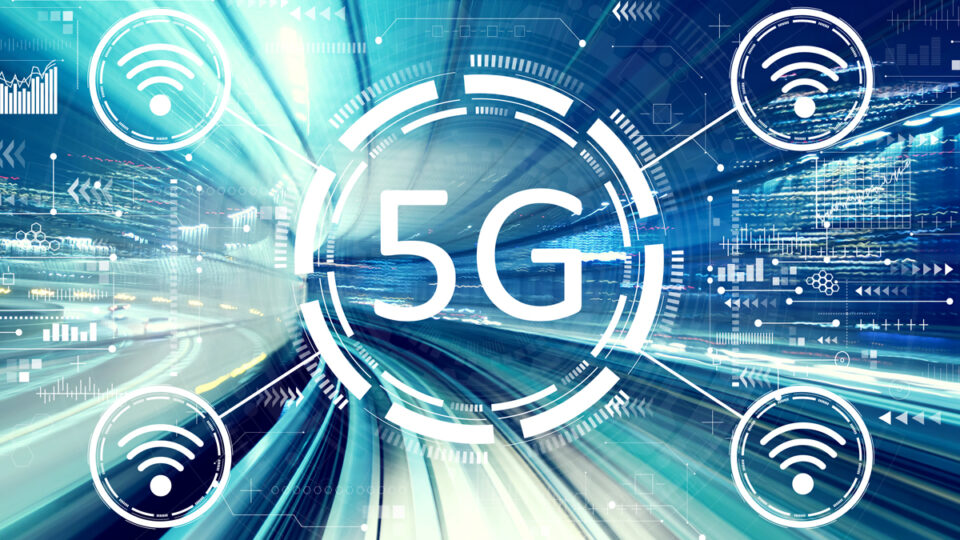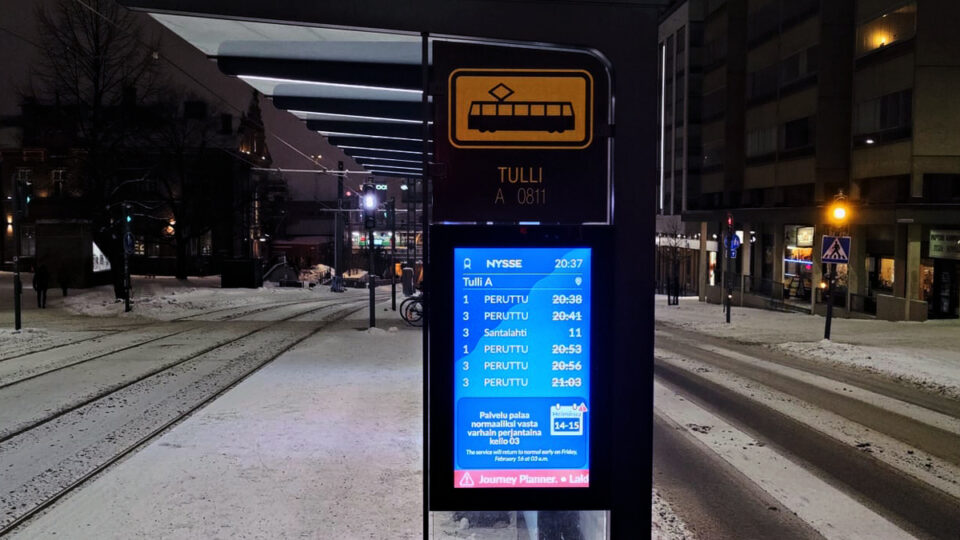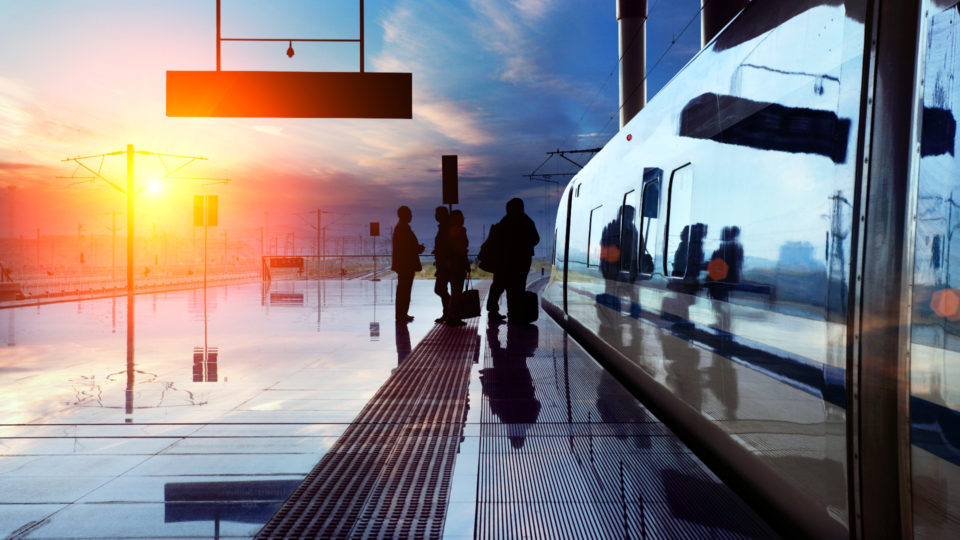
Taking public transport to the post-COVID-19 era
The past months have affected people and our lives in many ways. Our collective behavior in society and in using public services has been adjusted to cope with the new health risks. This also very much applies to the use of public transport. “Safety” has an additional significance to many of now, in addition to the threat of e.g. violence or burglary.
At the time of writing this (June 2020), the use of public transport is gradually starting to recover, as the first wave of the pandemic has been quite successfully contained in many countries. It is likely going to take some time to see a full recovery. Health and safety remain a big concern for many people. In addition, new behavioral patterns, such as remote working and digital collaboration (e.g. video meetings), are probably here to stay.
Our modern urban societies are very much dependent on enabling people to travel to meet each other.
Having said all that, our modern urban societies are very much dependent on enabling people to travel to meet each other. Physical interaction and face-to-face collaboration is a basic human need. Public transport is undoubtedly the most ecological form of travel, and hence restoring passenger confidence will have far-reaching impacts on climate change.
Transport operators are currently working hard to convince commuters and travelers that they will be safe when using public transport. Several measures have already been taken into use in this regard. The use of modern digital technology can add significant further benefit in this area.
Real-time connected digital systems can help operators to plan their people flow and services efficiently whilst keeping people’s health and safety as top priority. Some examples of this are:
- Real-time passenger information being readily available for all passengers to safely plan their travel route and schedule,
- Video security systems to monitor and automatically detect passenger safety risks, based on e.g. thermal detection or measurement of people density and congestion,
- Automatic passenger counting systems to pinpoint vehicle load levels,
- Situational awareness systems, which enable operators to optimize the operational control of their entire public transport infrastructure.
Teleste is providing solutions to ensure that all public transport passengers can feel safe when using public transport. We are working hard to combine latest technology with innovation and foresight. This is our commitment to the post-COVID-19 era.
Esa Harju
Esa Harju
I am the CEO of Teleste Corporation since January 1, 2022.
Until the end of 2021 I was the global head of Teleste’s Video Security and Information business unit, leading the team that is passionate about intelligent passenger information systems, as well as solutions for safety and operational control for public infrastructures. See my LinkedIn for more information.
At Teleste,our mission is to make your everyday life smart, safe and smooth.



